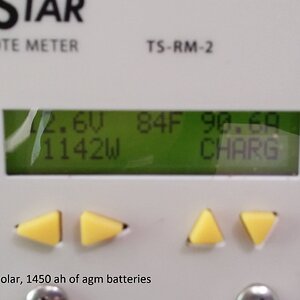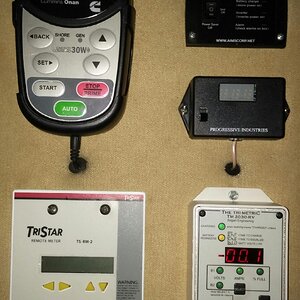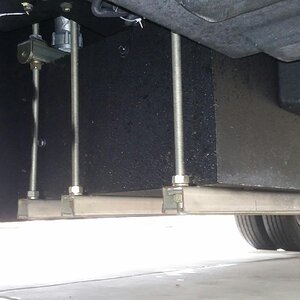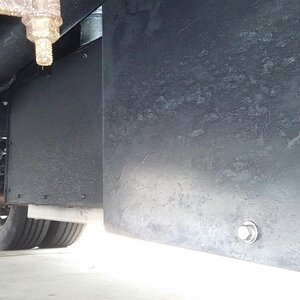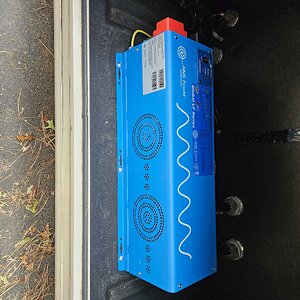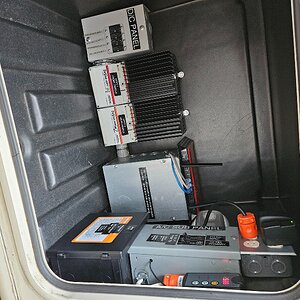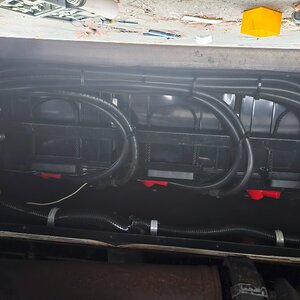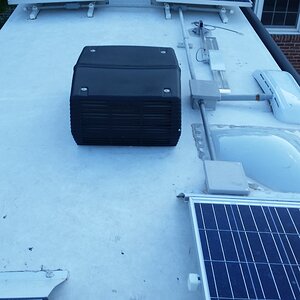turbopilot
RVF Supporter
- Joined
- Nov 2, 2019
- Messages
- 659
- Location
- Prescott, AZ
- RV Year
- 2026
- RV Make
- LightShip
- RV Model
- AE.1 Cosmos
- RV Length
- 26
- Engine
- Electric
- TOW/TOAD
- 2025 Ford F-150 PowerBoost HEV
- Fulltimer
- No
One more issue of merit. A diesel truck ban is all about the owner operators of big rig over the road trucks in interstate commerce. Class A RV's are just a blip against the big picture. For owner operators they typically expect 1,000,000 miles and/or 10 to 12 years of service life out of their rigs. That means in order to meet the CARB deadlines owner operators beginning right now need to make a decision between ICE or EV trucks. So while 2036 looks a long way away, it is now for those operators who have to replace a rig now.

